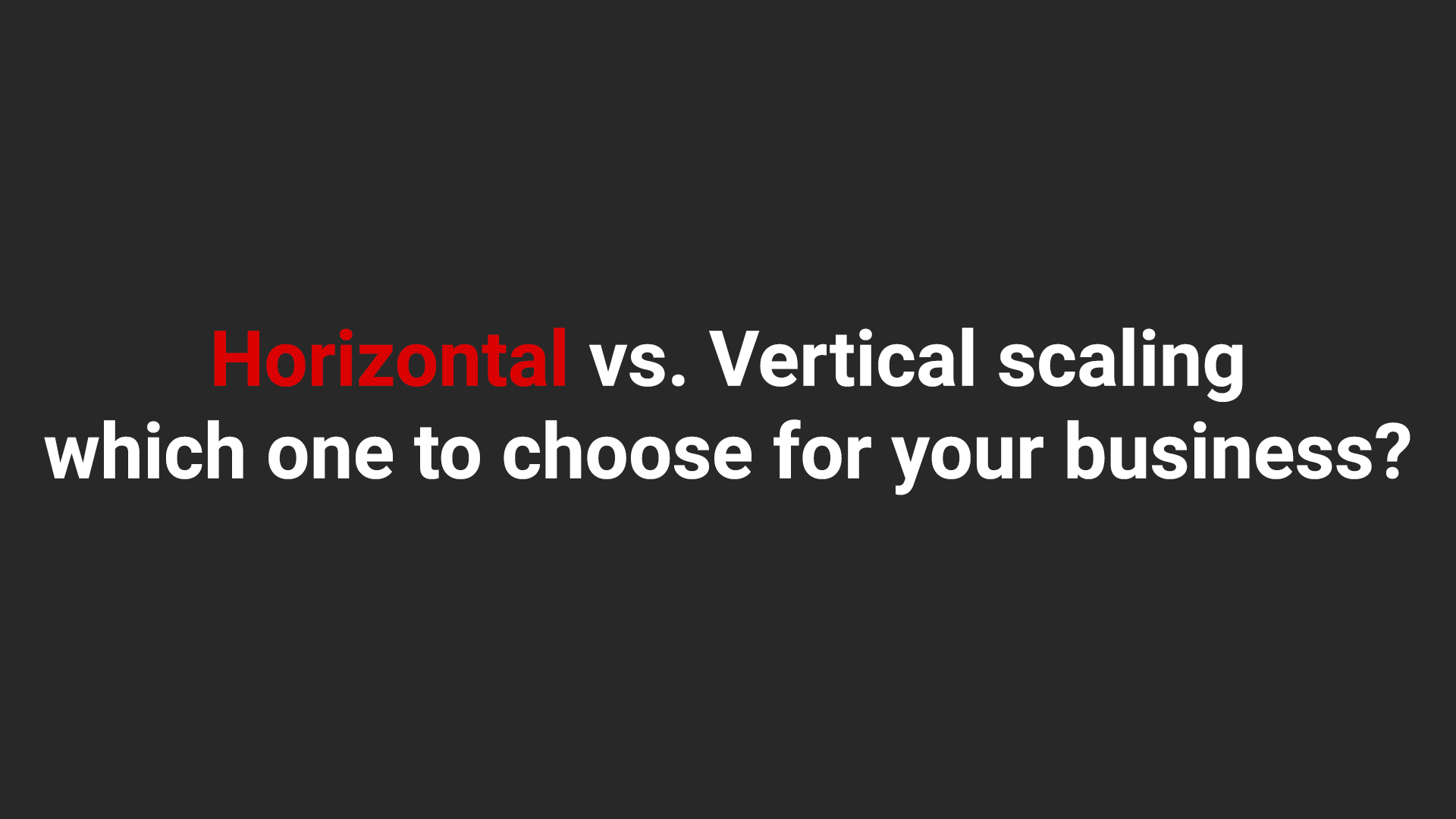Horizontal vs. vertical scaling: which one to choose for your business?
- August 08, 2025, 09:15:40

Any online business sooner or later faces the problem of increasing server load. The more users visit your website or service, the higher the demands on computing resources. But how can we ensure the stable operation of the system if the current infrastructure is already at its limit?
This is where scalable server solutions come to the rescue. There are two approaches to scaling: horizontal (scale-out) and vertical (scale-up). In this article, we'll look at what their differences are, what their pros and cons are, and how to choose the best option for your project.
What is scaling and why is it necessary?
Scaling is the process of increasing the performance of the IT infrastructure in order to cope with the increasing workload. It is necessary if:
- Your website or application is experiencing frequent overloads.
- The data processing speed is slowing down.
- The load on the servers is increasing due to the growing number of users.
- It is necessary to ensure high availability and fault tolerance.
The two main approaches – vertical and horizontal scaling – solve this problem in different ways.
Vertical scaling (Scale-up): what is that?
Vertical scaling is an increase in the capacity of an existing server by adding resources:
- Increasing the amount of RAM
- Improving the processor (CPU).
- Replacing disks with faster ones (NVMe, SSD).
- Increase network bandwidth.
Example: You have a server with 16 GB of RAM and a 4-core processor. You add another 16 GB of RAM and upgrade the processor to an 8-core processor – this is vertical scaling.
Advantages of Scale-up:
- Simplicity – no need to change the architecture of the application.
- There are fewer administrative difficulties.
- It does not require load balancing between servers.
Disadvantages of Scale-up:
- The physical limitation is that the server cannot be improved indefinitely.
- High cost – powerful equipment is expensive.
- The difficulty lies in fault tolerance – when the server fails, the entire system breaks down.
When to use it?
If your service does not require a distributed architecture.
If it's easier to upgrade the server than to deploy the cluster.
If the vertical improvement is sufficient for the current load.
Horizontal scaling (Scale-out): what is that?
Horizontal scaling is the addition of new servers to the infrastructure. Instead of improving a single server, the system distributes the load across multiple machines.
Example: Your website is served by one server, but the traffic is growing. Instead of upgrading, you add a second server and configure a load balancer that distributes requests between them.
Advantages of Scale-out:
- High fault tolerance – if one server crashes, the others will continue to work.
- Scalability – you can add new servers as your business grows.
- Cost–effective - you can use several inexpensive servers instead of one powerful one.
Disadvantages of Scale-out:
- The difficulty is that you need to set up load balancing.
- Requires software adaptation.
- It is more expensive to administer (you need to manage multiple servers).
When to apply?
If your project is constantly growing.
If you need high fault tolerance.
If your application supports a distributed architecture.
How to choose scaling for your business?
Vertical scaling is suitable if:
- You need to increase productivity quickly.
- Your service runs on the same machine without load sharing.
- You don't want to waste time on complex infrastructure setup.
Horizontal scaling is suitable if:
- Your project is growing, and it's important for you to scale without limits.
- You need high fault tolerance.
- Your service supports distributed data processing.
What server solutions does MivoCloud offer?
MivoCloud offers scalable server solutions that are suitable for both vertical and horizontal scaling:
- Powerful Dedicated Servers – suitable for vertical scaling.
- Cloud servers (Hourly Cloud, NVMe VPS, SSD KVM VPS) are ideal for horizontal scaling.
- Load balancers and clusters will help distribute the load and ensure fault tolerance.
- Flexible Configurations – choose the right resources and scale them as your business grows.
- Locations in the USA, Romania, Moldova and Russia – minimization of delays and high availability.
- DDoS protection – protects your services from attacks.
Are you ready to scale your business? Choose powerful server solutions from MivoCloud and be sure of the stability and speed of work!
Visit our site and find the optimal solution for your tasks. MIVOCLOUD


